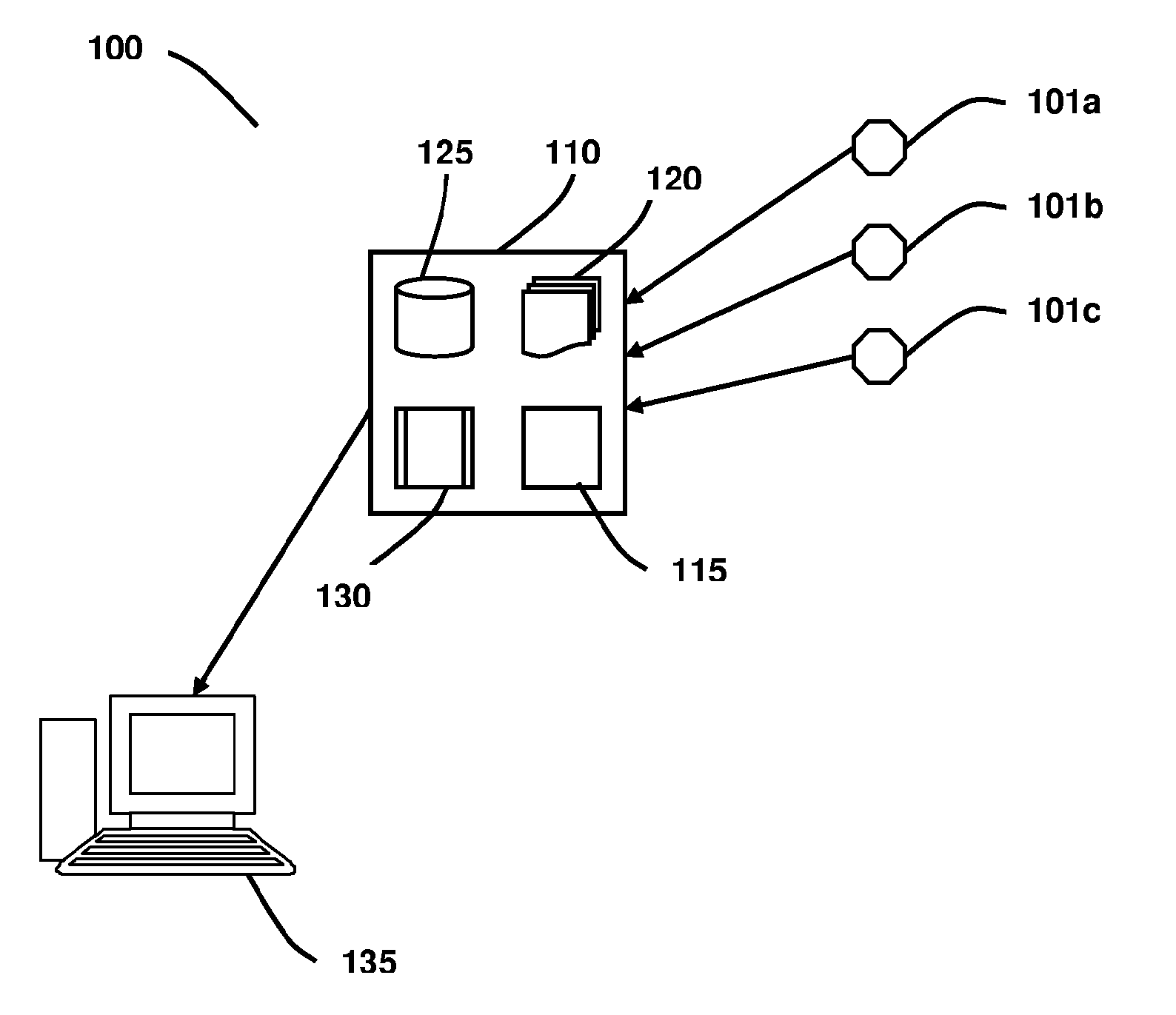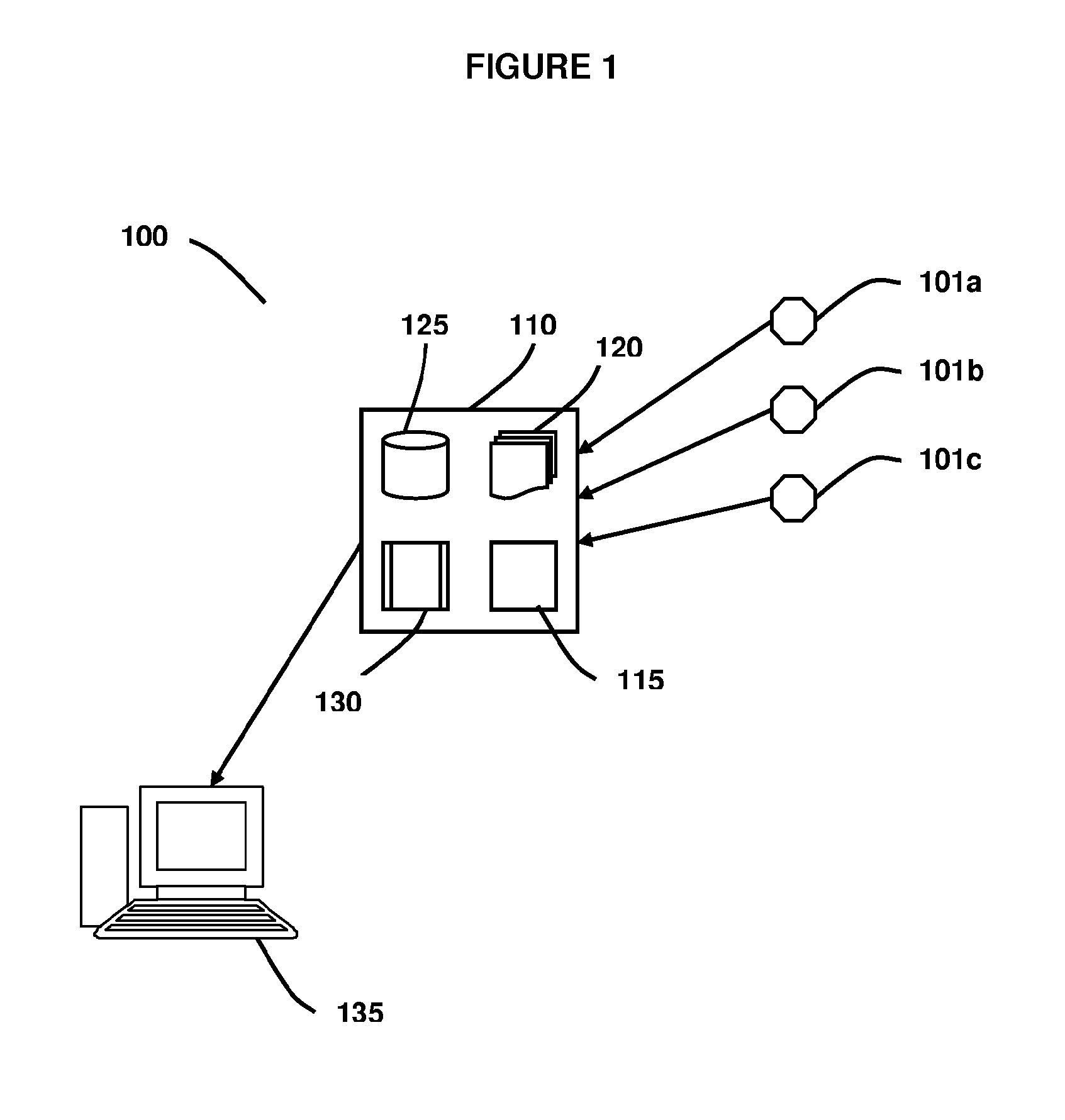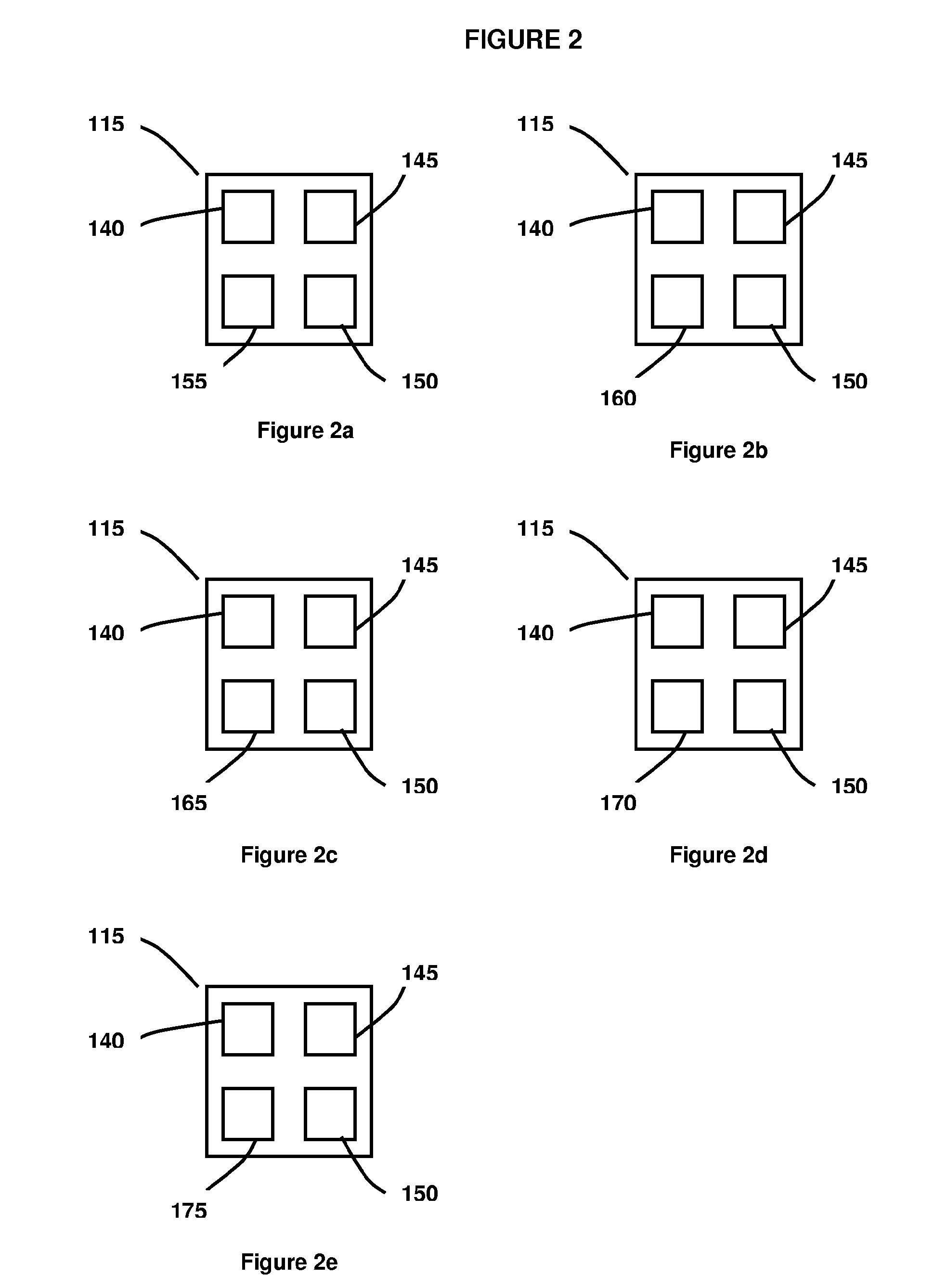Methods, Devices And A Marker For Physical Condition Testing
a technology for physical condition and testing methods, applied in the field of physical condition testing, can solve the problems of reducing exercise performance and increasing heart rate, and achieve the effects of slowing down the increase in heart rate, reducing the recovery state of individuals, and slowing down the rate of heart ra
- Summary
- Abstract
- Description
- Claims
- Application Information
AI Technical Summary
Benefits of technology
Problems solved by technology
Method used
Image
Examples
example 1
Measurement of the Rate of Increase in Heart Rate in Competitive Male Triathletes and Cyclists
[0251]Eight competitive male triathletes performed a 5-minute steady-state warm-up on an electrically-braked cycle ergometer at a self-selected (i.e. non-prescribed) sub-maximal exercise intensity and at prescribed sub-maximal exercise intensities of 100, 125, 150, 175 and 200 Watts. Heart rate was monitored every 1 second during the 30 seconds prior to commencing the sub-maximal exercise and throughout the 5 minutes of the sub-maximal exercise using a personal heart rate monitor. The heart rate was allowed to return to pre-exercise levels between each workload. After completing the sub-maximal exercise the triathletes performed a 5 minute maximal exercise test on the same electrically-braked cycle ergometer during which they performed as much work (kilojoules per kilogram of body mass) as they could.
[0252]A single triathlete then returned to the laboratory one week later and repeated the s...
example 2
Cardiovascular Disease Risk Study
[0275]In order to establish that the rate of increase in heart rate when exercising at a standardised work load of 100 Watts can be used as an early marker of future cardiovascular disease risk the rate of heart rate increase is determined in a large sample of healthy adults who are free of cardiovascular disease. The participants are then be followed over a period of up to 10 years and data on morbidity and mortality from cardiovascular disease is collected by accessing government health databases.
[0276]This data set is then used to determine associations between the rate of heart rate increase at baseline and the risk of morbidity and mortality from cardiovascular disease. Based on the findings of the present invention, it would be anticipated that a lower rate of heart rate increase when exercising at a work load of 100 Watts at baseline would be predictive of a greater risk of future cardiovascular morbidity and mortality compared with a faster r...
PUM
 Login to View More
Login to View More Abstract
Description
Claims
Application Information
 Login to View More
Login to View More - R&D
- Intellectual Property
- Life Sciences
- Materials
- Tech Scout
- Unparalleled Data Quality
- Higher Quality Content
- 60% Fewer Hallucinations
Browse by: Latest US Patents, China's latest patents, Technical Efficacy Thesaurus, Application Domain, Technology Topic, Popular Technical Reports.
© 2025 PatSnap. All rights reserved.Legal|Privacy policy|Modern Slavery Act Transparency Statement|Sitemap|About US| Contact US: help@patsnap.com



